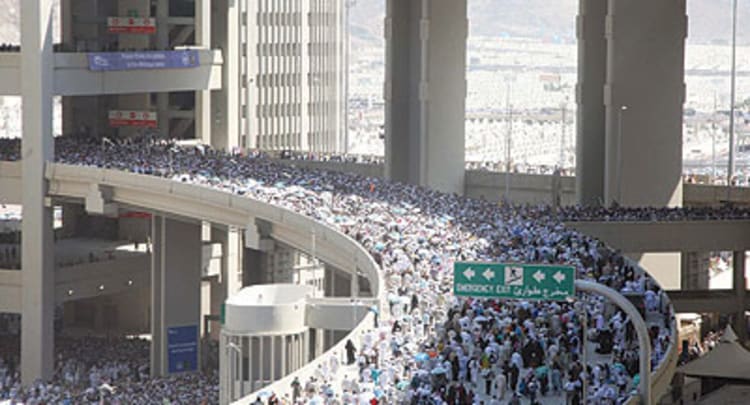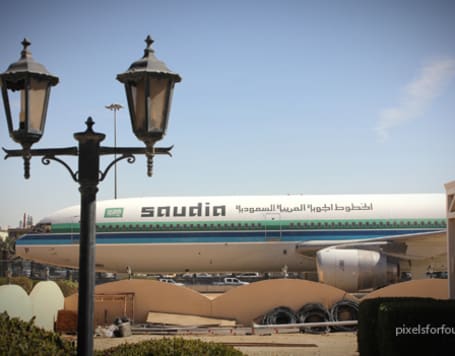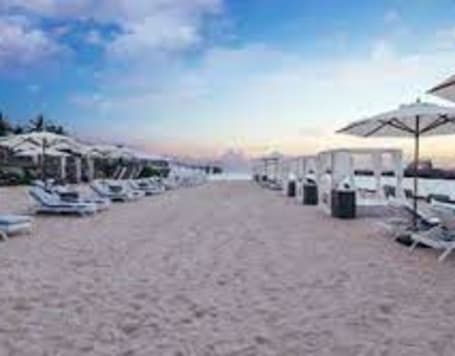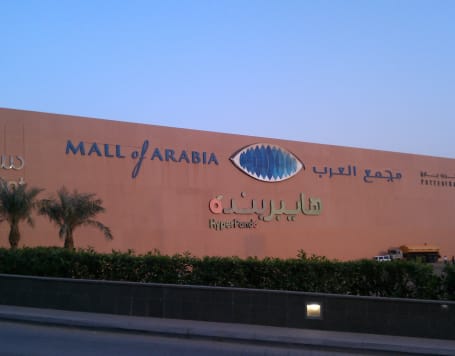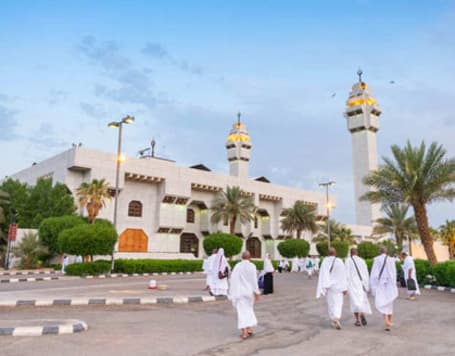The Jamarat Bridge is an architectural feat of Islamic engineering that makes it a must-see in the Islamic world. Located in Saudi Arabia, it's a bridge consisting of four levels, each with its own set of features that make it stand out from other structures.
Ground Level
The ground level consists of three cantilevered half-arches that provide support to the upper levels and help distribute weight evenly. At this level, there are also two intersections between the north side and south side of the bridge. It's here that pilgrims can find prayer mats, drinking fountains and toilets.
Second Level
On the second level, you'll find seven passageways that provide access to Mina Valley on one side and Muzdalifah on the other. The passageways are supported by the ground levels' cantilevered arches, offering protection from rainfall and making them safer for visitors to navigate through.
Third Level
At this level, visitors will be able to enjoy an awe-inspiring view of the bridge from a raised perspective. It also offers four passageways for easier movement between Mina Valley and Muzdalifah on both sides of the bridge.
Fourth Level
The fourth level here is where pilgrims can pay their respects by performing 'stoning' rituals with stones or pebbles. This ritual is meant to commemorate Abraham's attempt to protect his son Ishmael as they traveled through Mina Valley long ago (a story mentioned in both Jewish and Islamic scriptures).


